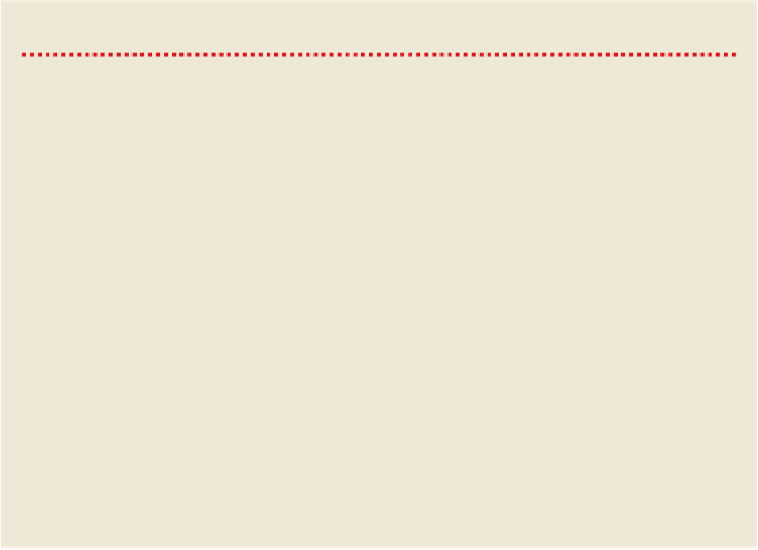Travel Reference
In-Depth Information
RUBÉN DARÍO
To say that Rubén Darío is a famous poet is an outrageous understatement. The man is a national
hero - his birthplace (Ciudad Darío), the national theater and the entire Cordillera Dariense
mountain range are named after him.
Something of a child prodigy, Darío could read by age four (he'd polished off
Don Quixote
and various other classics by age 10) and had his first poetry published in León newspapers at
age 12.
Deemed too 'antireligious' to be awarded a scholarship to Europe, Darío was sent to El Sal-
vador at the age of 15. There he met and befriended Salvadorian poet Francisco Gavidia, whose
work and teachings would have a profound influence on Darío's style.
Darío traveled extensively: to Chile, where he worked as a journalist and wrote his break-
through piece,
Azul
; to Argentina, where he became a leading member of the modernist literary
movement; and, last, to Europe, where he continued to write some of what Chilean poet Pablo
Neruda called some of the most creative poetry in the Spanish language.
Darío was appointed Nicaragua's ambassador to France, then Spain, but such officialdom nev-
er slowed him down. His hard-drinking, womanizing lifestyle was by now legendary (and some-
what requisite for poets of the era), but it took its toll in 1914 when Darío contracted pneumonia.
He recovered, but was left weak and bankrupt. Friends banded together and raised the money for
him to return to Nicaragua. He died in León two years later, at the age of 49.
Poesía en Español (luis.salas.net/indexrd.htm) has most of Rubén Darío's poems available on-
line, while English-language Dariana (
www.dariana.com
), a Rubén Darío tribute site, has 11 of
his poems translated into English by fellow legendary Leónese poet Salomón de la Selva.

